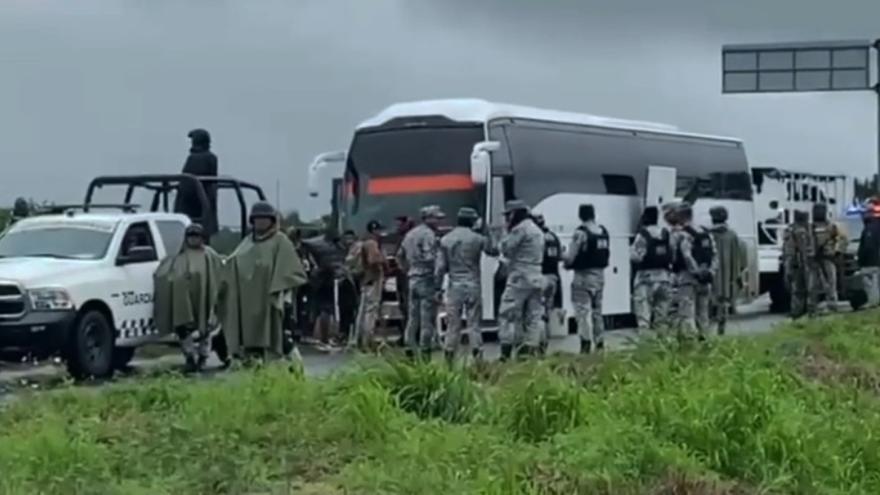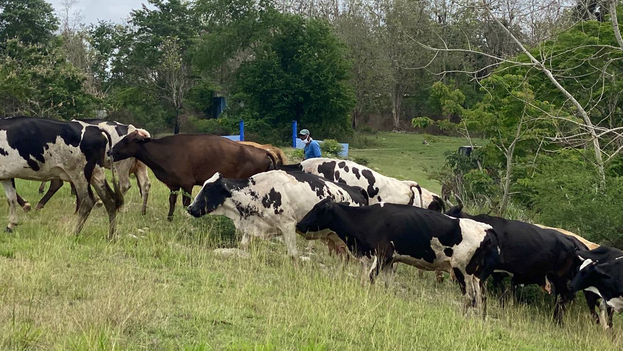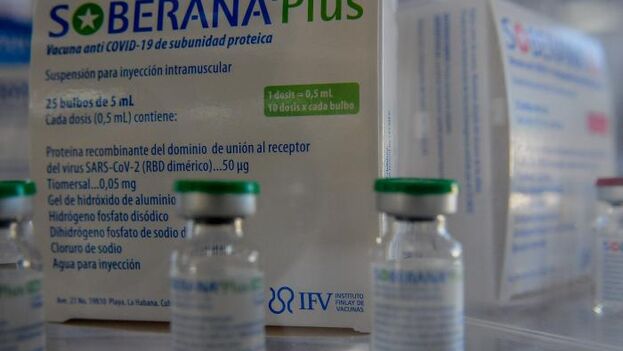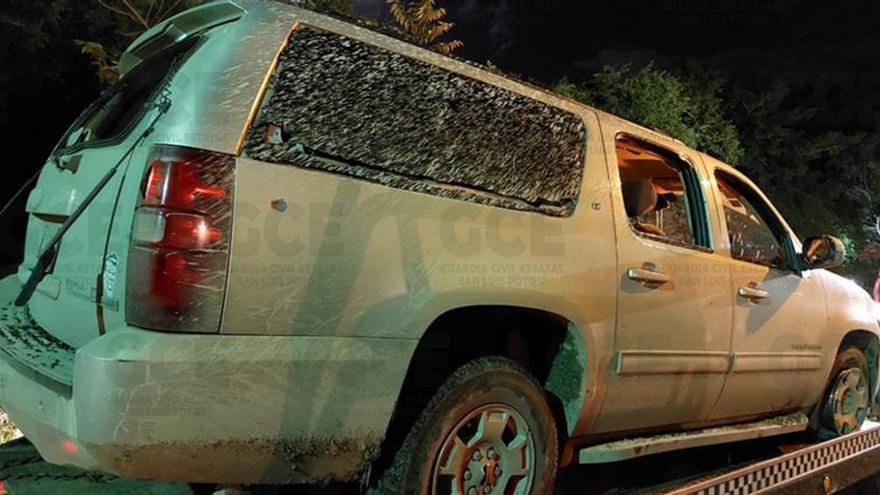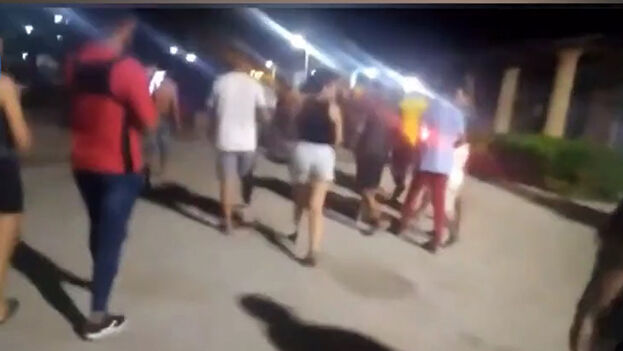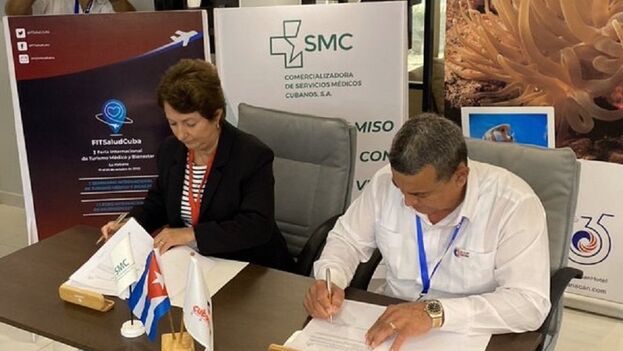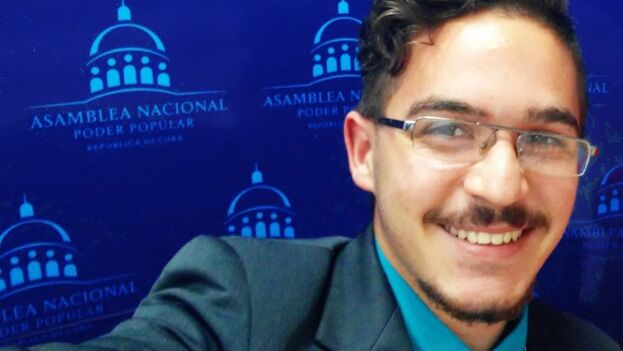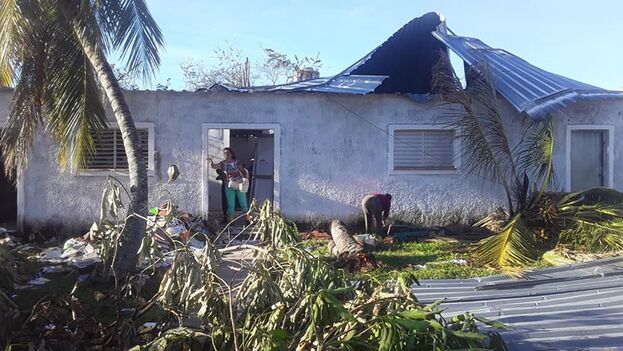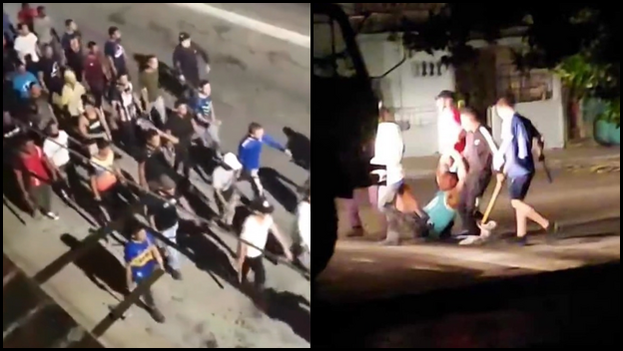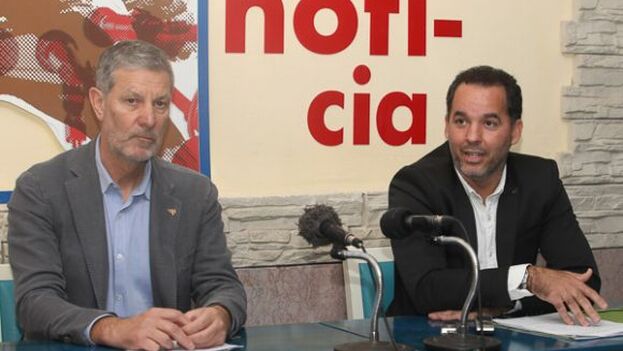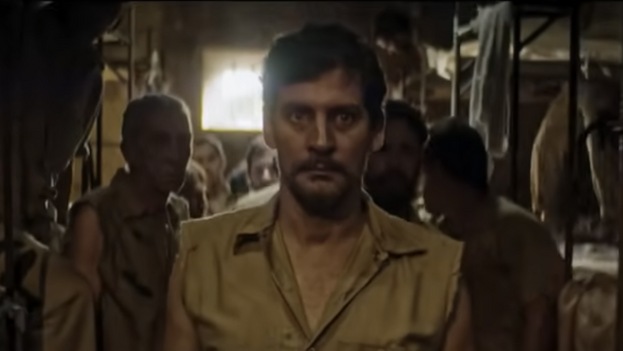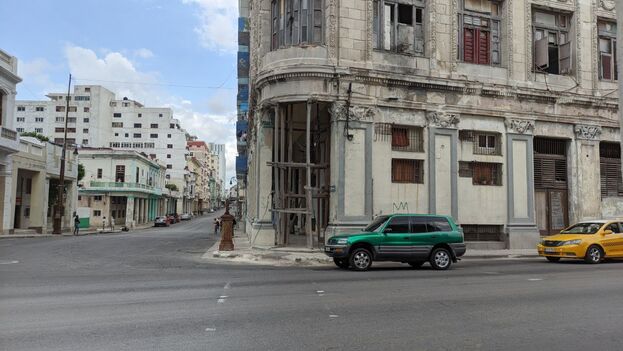
![]() 14ymedio, Elías Amor Bravo Economist, 15 October 2022 — With the Cuban economy’s GDP in the second quarter practically stagnant, 1.7% compared to the same period of the previous year; with CPI inflation climbing to 32% also in a year-on-year rate in August; with the blackouts that don’t cease, the depreciation of the Cuban peso in informal markets, the difficulty with choosing a combination of economic policies that puts an end to the process of deterioration suffered by the Cuban economy, like sugar and manufacturing, and in the face of a new default on the tourism plan, the Cuban communist leaders remain unmoved, incapable of choosing a combination of economic policies that can put an end to the process of deterioration suffered by the Cuban economy.
14ymedio, Elías Amor Bravo Economist, 15 October 2022 — With the Cuban economy’s GDP in the second quarter practically stagnant, 1.7% compared to the same period of the previous year; with CPI inflation climbing to 32% also in a year-on-year rate in August; with the blackouts that don’t cease, the depreciation of the Cuban peso in informal markets, the difficulty with choosing a combination of economic policies that puts an end to the process of deterioration suffered by the Cuban economy, like sugar and manufacturing, and in the face of a new default on the tourism plan, the Cuban communist leaders remain unmoved, incapable of choosing a combination of economic policies that can put an end to the process of deterioration suffered by the Cuban economy.
The bad thing is that the worst is yet to come. While in other Latin American countries the pre-pandemic GDP levels have recovered, efforts are made by central banks to control the increase in inflation, and the depreciation of exchange rates and adjustment measures are adopted to face the new global competitive scenario, in Cuba no one does anything. The people live every day with the anguish of what to eat, and the regime remains stuck in its obsolete, failed communist model, unable to provide solutions to problems.
This is a differential element that Cubans who can travel abroad immediately see as soon as they get off the plane. Nobody understands what is happening on the Island, and therefore, the protests are increasing, the banging of pots and pans in protest is heard daily, louder and louder, and people have lost their fear of talking.
And instead of acting to eliminate daily anguish in the population, adopting economic policies that facilitate the take-off of productive forces, the regime is the same as always: take the doberman dogs for a walk and put fear into the population, from the rapid response brigades, to the Black Berets, through the prosecutor’s office. continue reading
Once again, the machinery of repression and communist control is put at the service of the single party to prevent Cubans from exercising their rights and freedoms. It’s the worst possible path, before the astonished gaze of the international community.
Consequence: fewer and fewer friends. The regime has looked for them and reacts clumsily and slowly, as when the other day it abstained, along with China, in the United Nations vote against Putin’s referendums in the conquered areas of Ukraine. With friends like that, anyone can go party.
With everything, the international allies of the Cuban communist regime are being diluted, and bank demands arise for unpaid debts, for which the communist organisation is not prepared and which will mean a real blow to the waterline when, perhaps soon, the sanctions are known.
What’s coming is not good, and it is necessary prepare. The friends of this aimless and futureless Cuba disappear. Unlike that honeymoon of Fidel Castro and Chávez that saved the regime after the Special Period, now no one appears willing to sustain an economic system without the capacity for indebtedness. There are only a few old communists left in Europe who are reluctant to recognize the failure of their dreams, if they ever had them, and when other countries visit the Island, their leaders are received by Raúl Castro, who, by the way, gives signs of life, as happened during the visit of of Vietnam’s minister of public security.
The Cuban economy is not here to play cat and mouse. Sooner rather than later it will have to face an internal and external agenda, for which the current leaders have no answer, nor do they want to offer one. Installed in defending the communist ideological model, they haven’t realized that the world is going any other way, and that any decision that has to be made, doesn’t allow for delay.
They should listen to their Vietnamese colleague. In five years that country overcame food famines and is now the number one exporter of rice in Asia, ahead of China. Cuban communists don’t want to believe it but reforms in property rights can change the direction of a country. Cuban communists don’t dare. For good reason.
Translated by Regina Anavy
____________
COLLABORATE WITH OUR WORK: The 14ymedio team is committed to practicing serious journalism that reflects Cuba’s reality in all its depth. Thank you for joining us on this long journey. We invite you to continue supporting us by becoming a member of 14ymedio now. Together we can continue transforming journalism in Cuba.


